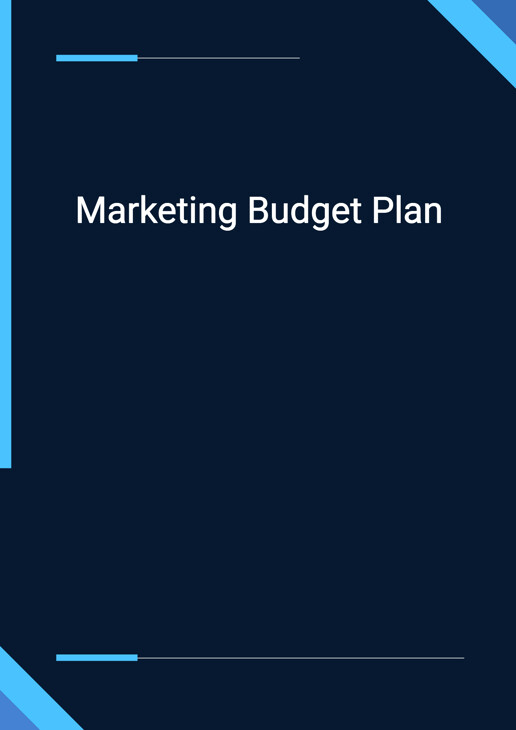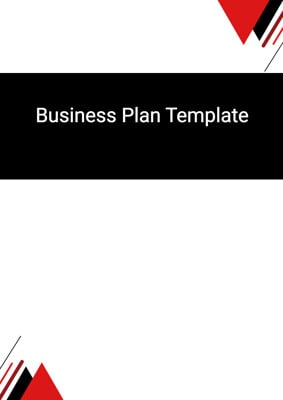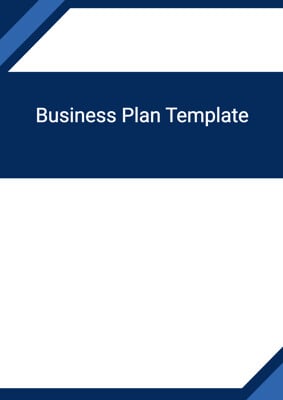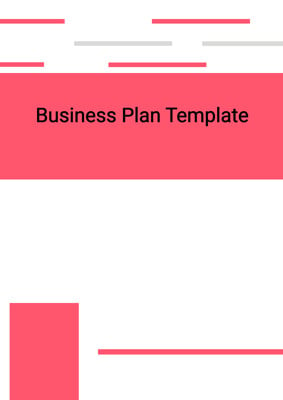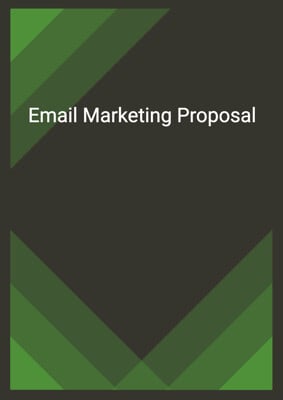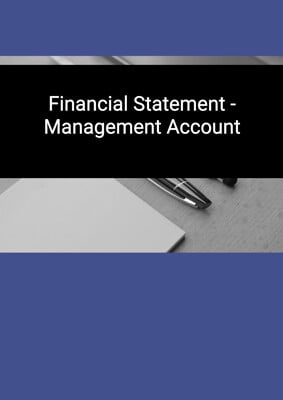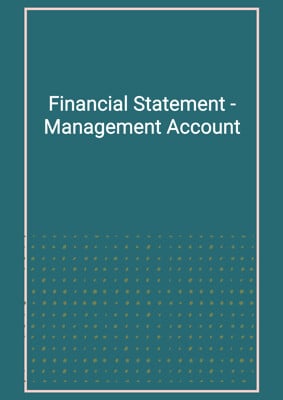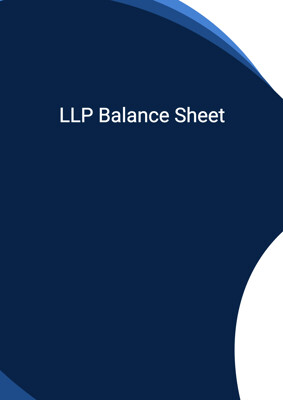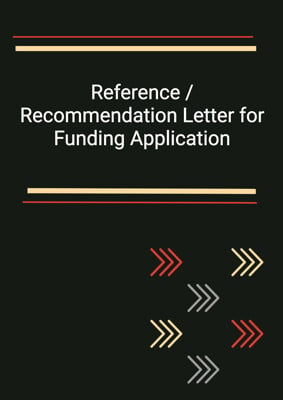How to Tailor the Document for Your Need?
01
Create Document
Click "Create Document" button and the document will be prepared with your account details automatically filled in.
02
Fill Information
Please fill in any additional information by following the step-by-step guide on the left hand side of the preview document and click the "Next" button.
03
Get Document
When you are done, click the "Get Document" button and you can download the document in Word or PDF format.
04
Review Document
Please review the document carefully and make any final modifications to ensure that the details are correct before publication / distribution.
Document Preview
Document Description
The Marketing Budget Plan is a crucial document that outlines the financial aspects of a marketing campaign. It provides a detailed overview of the budget, including estimated costs, income, and profit/loss. This document is essential for effective planning and decision-making in marketing activities.
The entire document is divided into several sections, each serving a specific purpose. The first section is the title, which clearly states the document's purpose as the Marketing Budget Plan. This title helps to identify the document and its importance.
The second section is the content, which provides a brief overview of the document. It includes the name of the account job company, the presenter's name, and the date of the document. This information helps to establish the context and credibility of the document.
The third section is the product description, which provides a concise explanation of the product being marketed. This description helps to set the foundation for the budget planning process by providing an understanding of the product's features and benefits.
The fourth section is the budgets, which is the core of the document. It breaks down the estimated costs and income of the marketing campaign. The budgets can be presented either by years or halves, instead of quarters, to provide a more comprehensive overview. This section helps to determine the financial feasibility of the marketing campaign and guides decision-making.
The fifth section is the items, which further breaks down the budgets into specific quarters (Q1, Q2, Q3, Q4). This section helps to track the financial performance of the marketing campaign over time and identify any potential issues or opportunities.
The sixth section is the setup costs, which outlines the initial expenses required to set up the marketing campaign. This section helps to allocate resources effectively and ensure a smooth start to the campaign.
The seventh section is the running costs, which includes the ongoing expenses of the marketing campaign. This section helps to monitor the financial sustainability of the campaign and make necessary adjustments if needed.
The eighth section is the total costs, which sums up the setup costs and running costs. This section provides a comprehensive overview of the overall financial commitment required for the marketing campaign.
The ninth section is the income, which estimates the expected revenue generated from the marketing campaign. This section helps to assess the potential return on investment and evaluate the effectiveness of the campaign.
The tenth section is the profit/loss, which calculates the net financial outcome of the marketing campaign. This section helps to determine the profitability of the campaign and make informed decisions regarding future marketing activities.
In conclusion, the Marketing Budget Plan is a detailed document that plays a crucial role in the financial planning and decision-making process of a marketing campaign. It provides a comprehensive overview of the budget, including estimated costs, income, and profit/loss. Each section of the document serves a specific purpose and contributes to the overall understanding and effectiveness of the marketing campaign.
How to use this document?
1. Provide the necessary information: Fill in the Contractor's and Customer's information in the agreement, including their principal place of business. This ensures clear identification of both parties.
2. Specify the price and completion date: Clearly state the agreed price and completion date of the work to be carried out by the Contractor. This helps set expectations and deadlines.
3. Describe the services: Clearly explain the type(s) of services to be provided by the Contractor. This ensures a shared understanding of the scope of work and avoids misunderstandings.
4. Agree on the length of warranty and time of payment: Both parties should agree on the length of warranty and the time of payment after the completion of the work. This ensures clarity on payment terms and the duration of the warranty.
5. Specify damages for non-completion: If the work is not completed by the agreed completion date, specify the amount of damages per week that the Customer is entitled to. This highlights the consequences of non-completion and encourages timely completion of the work.
Not the right document?
Don’t worry, we have thousands of documents for you to choose from:
